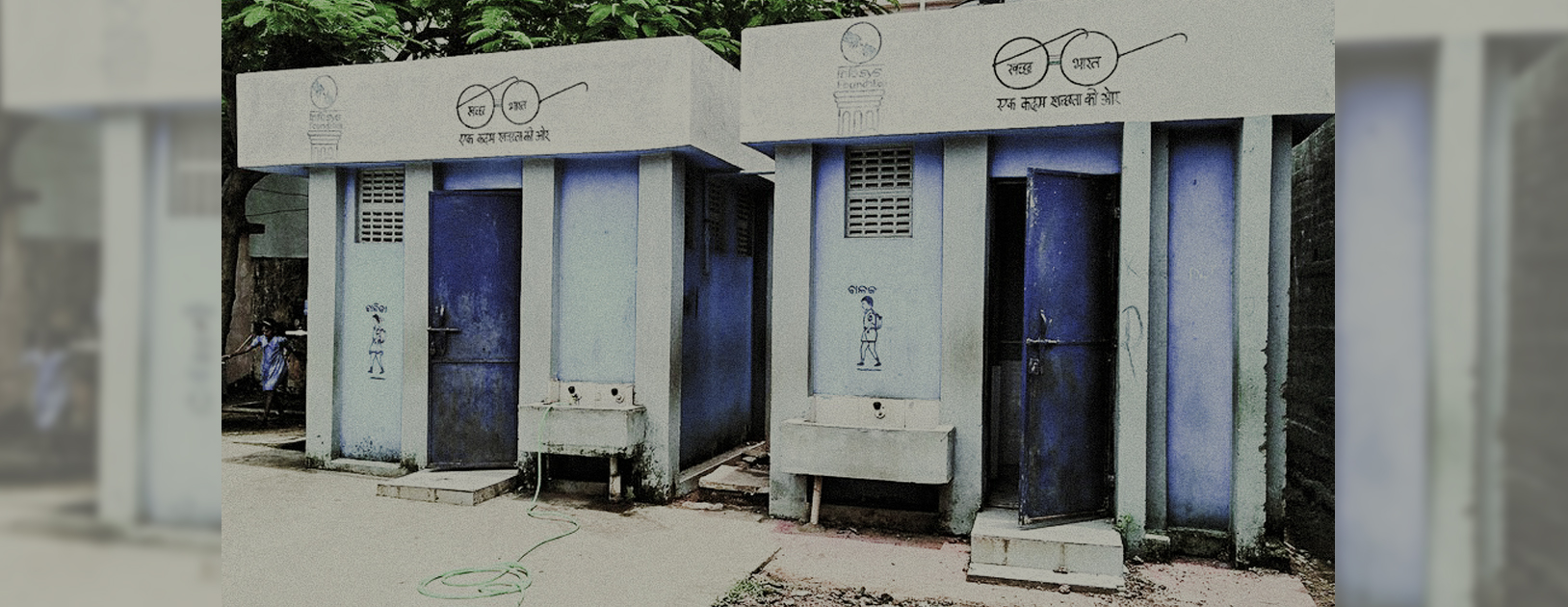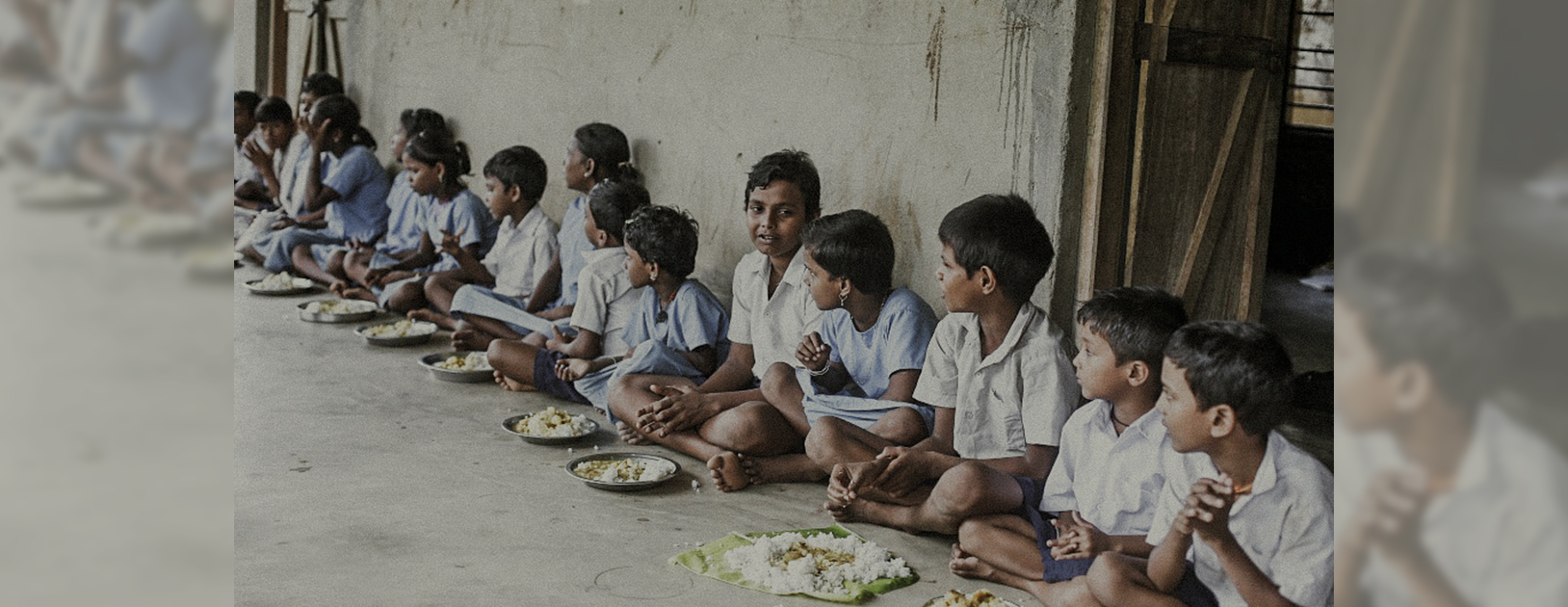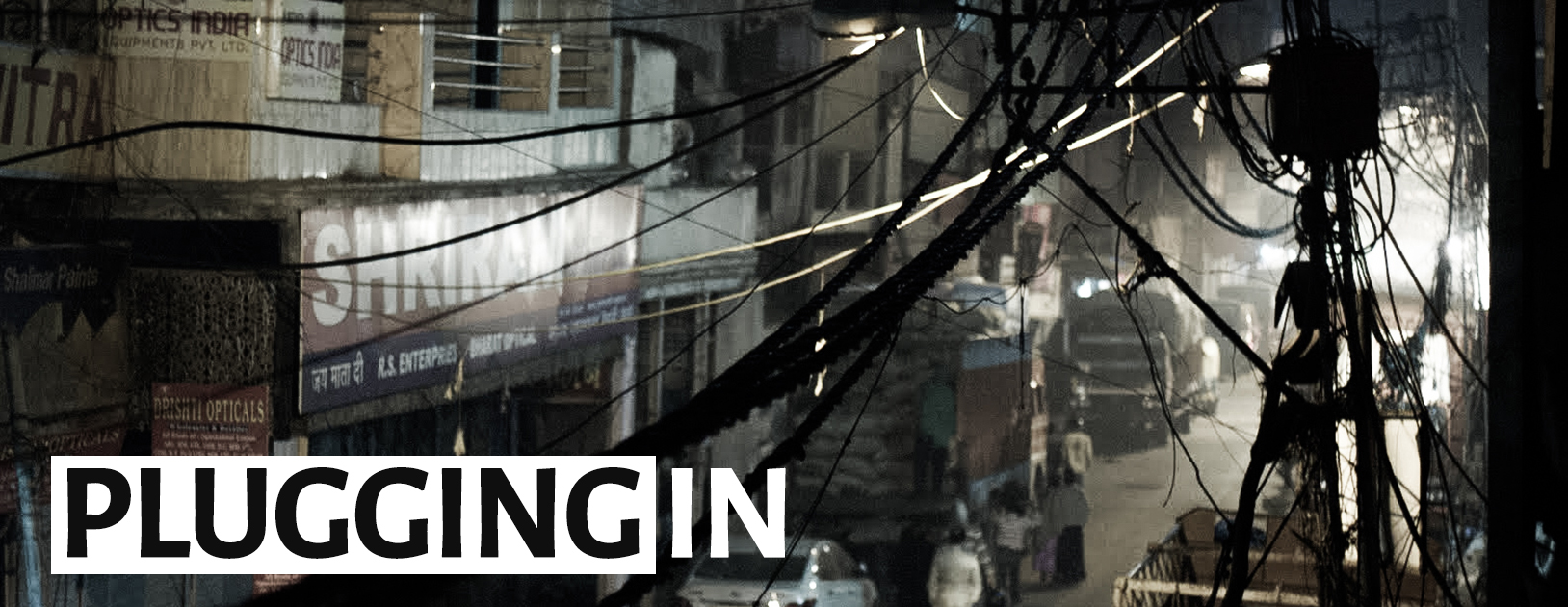
By Bharat Karnad
Several mega-trends are visible in international affairs on the cusp of the third decade of the 21st century. After a trillion dollars spent on the 18-year old war with the Taliban in Afghanistan following a similar amount expended in Iraq and Syria, the US is drained of its wealth, stamina and will for military confrontations of any kind. A reactive and retreating America under President Donald Trump, besides generating unprecedented levels of uncertainty and anxiety, has accentuated the conditions of unusual flux in the international system. Second, with the old certainties gone, traditional alliances (North Atlantic Treaty Organization), trading regimes (Trans-Pacific Partnership), schemes of regional peace (Shanghai Cooperation Organization), and technology and supplier cartels (Missile Technology Control Regime, Nuclear Suppliers Group, et al.) are all alike in disarray; their concerns are now matters of contestation with China staking claim to the pole position vacated by the US. And finally, these developments are compelling major countries to try to protect themselves the best they can by handling things on their own, in coalition with other similarly encumbered nations, and by exploring new security/military cooperation agreements. There is particular urgency in Asia to blunt China’s hegemonic ambitions and preclude its domination from taking root.
State of Play
Unfortunately India finds itself on the wrong side of these trends in the main. This is because it has, in the new millennium, accelerated its efforts to join the very same nonproliferation regimes and cartels that had victimized it all along. Worse, by sidling up to the US and virtually outsourcing its strategic security to Washington, India’s historical role as prime balancer in the international balance-of-power set-up – courtesy its hoary policies of nonalignment and its latter-day avatar, strategic autonomy – has been imperiled. This is at a time when doubts about the US commitment to other countries’ security have increased along with the apprehensions of allies and friends. With security made a transactional commodity by the Trump administration, treaty alliances have been weakened, unsettling West European and Far Eastern states traditionally close to the US.1 India’s trend-bucking policy, in the event, will only cement the growing perceptions of the country as unable to perceive its own best interests and to act on them. Its downgrade, as a result of its more recent strategies, to the status of a subordinate state and subsidiary ‘strategic partner’ of the US means that India will have restricted strategic choices. Its foreign and military policies will therefore lose the freedom and latitude for diplomatic manoeuvre that they have always enjoyed.
Thus, the 2008 civilian nuclear deal, for all practical purposes, signed away India’s sovereign right to resume underground testing and froze its nuclear arsenal at the sub-thermonuclear technology level (as the 1998 fusion test was a dud). Agreeing to the Logistics Exchange Memorandum of Agreement and the Communications Compatibility and Security Agreement – the so-called ‘foundational accords’ – will, respectively, permit the US to stage its military forces out of Indian bases and embroil India in its wars in the extended region, and (ii) to penetrate the most secret Indian communications grid, including the nuclear command and control network.
The Indian government’s eagerness to cement the partnership is astonishing considering the trust deficit evident in a long history of duplicitous US behaviour and policies.2 By clinging to a feckless and demanding US, India’s profile as a fiercely independent state has taken a beating, distanced the country from old friends such as Russia (which is pivotal to balancing China and the US) and Iran (central to India’s geostrategic concerns in the Gulf, Afghanistan and Central Asia), lost the nation its diplomatic elan, and has seriously hurt vital national interests.
Placating China is the other imprudent theme that Indian foreign policy has latched on to. It has mollycoddled its most dangerous adversary and comprehensively capable rival in Asia with giveaways – such as non-use of the Tibet and Taiwan cards, refraining from nuclear missile-arming states on China’s periphery as a tit-for-tat measure for Beijing’s missile-arming of Pakistan, giving the Chinese manufacturing sector unhindered access to the Indian market through a massively unfair and unbalanced bilateral trade regime, etc. On the other hand, it has treated Pakistan, a weak flanking country, as a full-bore security threat when, realistically, it is only a military nuisance. This strategy is at the core of India’s external troubles. It has practically incentivized Beijing to desist from peaceful resolution of the border dispute. It has also undermined India’s credibility and credentials as ‘security provider’ to and strategic partner of a host of Asian littoral and offshore states fearful of an ambitious and aggressive China, as well as complicated the country’s attempts at obtaining a tier of friendly nations around it as buffer.
A topsy-turvy threat perception has also meant a lopsided Indian military geared to handle Pakistan but incapable of defending well against China, even less of taking the fight to the Chinese People’s Liberation Army (PLA) on land, air and distant seas; it is also laughably unprepared for future warfare featuring cyber pre-emption, remotely controlled armed drone swarms, robotic weapons systems managed by Artificial Intelligence, space-based weapons platforms, and clean micro-thermonuclear bombs. In the context, moreover, of a recessive foreign policy and a military that seems unable to wean itself away from imported armaments, it is almost as if the Indian government and armed services have given up on national security. This bewildering state of affairs is in urgent need of drastic overhaul and repair.
Geopolitical Vision and Strategy
Strong nations in the modern era have transitioned into great powers not only through expansive national visions, but also, more significantly, by pursuing policies disruptive of the prevailing order and multilateral regimes they had no hand in creating. India in the 21st century, on the other hand, seems content with the existing international system, measuring its foreign policy success in terms of entry gained or denied in congeries of international power (UN Security Council) and trade and technology cartels (Nuclear Suppliers Group, Missile Technology Control Regime, etc.). In other words, it covets a place at the high table on terms set by other countries. It is not a mistake made by China or the US (or, to go back in history, Elizabethan England, Germany, Imperial Japan, the Soviet Union and now Vladimir Putin’s Russia). The Indian government is hampered by its mistaken belief that upholding the current regional and international correlation of forces and mechanisms of order, and stressing its soft ‘civilizational’ power, will make the country great.
India with its many infirmities is in no position to undertake system disruption by itself.3 For India to rise as the premier Asian challenger to China and as the other economic-political-military power node in the continent in the shortest possible time – which should be the legitimate national aim and vision –it requires a subtle but telling approach. It needs a double-pronged strategy. One prong should stress absolutely reciprocal positions and policies. Thus, Beijing’s insistence on ‘One China, two systems’ should be met with a ‘One India’ concept. Similarly, the non-acceptance by Beijing of all of Jammu and Kashmir (including the Pakistan-occupied portion) as inalienably Indian territory should lead to formal recognition of and relations with Taiwan; it should also spark off New Delhi’s world-wide advocacy of a free Tibet and a free East Turkestan, and of campaigns against ‘cultural genocide’ and ‘ethnic cleansing’ in Tibet and Xinjiang.4 And China’s nuclear missile arming of Pakistan should, even if belatedly, trigger India’s transferring strategic missiles to the states on the Chinese periphery, so that China too thereafter suffers permanent geostrategic disadvantage.
Hamstringing China should also involve meta-measures to carve out separate, loose and specifically anti-China security coalitions from the two important groups India is part of. BRICS (Brazil-Russia-India-China-South Africa) is an entity dominated economically and trade-wise by China. This is something that arouses wariness in the other three countries, which can be mobilized to form a smaller, informal, security-cooperation-minded coalition, BRIS (Brazil-Russia-India-South Africa). It will assist in hedging Beijing’s military options and affect China’s economic expansiveness. Likewise, the US’s importance to international security has to be whittled away. The Quadrilateral (US-Japan-India-Australia) proposed by Japan’s Shinzo Abe to contain China in the Indo-Pacific is problematic owing to the centrality accorded yo the capricious US. India could propose a different set-up – a modified Quadrilateral or ‘Mod Quad’ with India, Japan, Australia and the leading littoral and offshore states of South East Asia (Vietnam, Philippines, Indonesia and Singapore) disputing China’s claims in the South China Sea; a cooperative Taiwan could be accorded ‘observer’ status. This would at once define the strategic geopolitical face-off between ‘rimland Asia’ and a hegemonic ‘heartland’ China, and reduce the uncertainty attending on America’s security role (given that the US and China, owing to their close economic and trading links, are inseparable). Mod Quad will clarify the strategic calculi of member states, while encouraging the US to contribute militarily to the extent it wants to at any time but as an outside party.5
BRIS and Mod Quad are extremely practicable geopolitical solutions to share the cost, divide the danger, and generate synergy from the wide-spectrum capabilities, singly and together, of the member states in these two collectives. At the same time, they would stretch China’s military resources and minimize the uncertainty and confusion attending on any US participation. These new arrangements adhere to the time-tested principle of vision shaping strategy but geography driving it, which makes for cohesion and sense of purpose. BRIS and Mod Quad will enable their member states to be less inhibited in cooperating with each other to deal with the overarching security threat posed by China, but without the intimidating presence of the US (which, typically, pursues its own particular interests). They will instill in the Indian government’s external outlook an outcomes-oriented, competitive bent. It may result, for instance, in getting the east-west Ganga-Mekong connectivity project – as a rival to China’s north-south Belt & Road Initiative – off the ground.6
But BRIS and Mod Quad leave Pakistan out of the reckoning. Pakistan is strong enough to be a spoiler and, in cahoots with China, pose a substantial problem. More than 70 years of tension and conflict with India haven’t helped. For a lasting solution it is essential to break up the Pakistan-China nexus. The military palliative for terrorist provocations – air and land strikes – will only drive Islamabad deeper into China’s camp. A Kashmir solution roughly along the lines negotiated with General Pervez Musharraf in 2007 that Prime Minister Imran Khan has said Pakistan will accept, is a reasonable end state to work towards.7 But India can lubricate such an offer with policies to co-opt Pakistan (along with India’s other subcontinental neighbours) economically, by means of trade on concessional terms, and easy credit and access to the Indian market for manufactures and produce. This will obtain the goal of unitary economic space in the subcontinent and lay the foundations for a pacified South Asia – the first step in India’s long overdue achievement of great power. Such actions should, however, be preceded by several unilateral and risk-averse military initiatives (outlined later) to establish India’s peaceful bonafides and to denature the Indian threat that Pakistan perceives. Simultaneously, prioritizing strategic and expeditionary military capabilities against China and for distant operations jointly with friendly states in the Indian Ocean Region and in Southeast Asia will secure India’s extended security perimeter.
National Security Policy Priorities
Lack of money has never been the hitch. Rather, the problem has been and continues to be the misuse of financial resources by the three armed services with their faulty expenditure priorities. Intent on equipping and sustaining inappropriate force structures geared to the lesser threat, they have squandered the colonial legacy of expeditionary and ‘out of area operations’. Consequently, they have shrunk greatly in stature even as they have increased in size.8 Persisting with thinking of Pakistan as the main threat long after it credibly ceased to be one post the 1971 war has resulted in an Indian military able to fight only short-range, short-duration, small and inconclusive wars. Indeed, so geared to territorial defence and tactical warfare are the Indian armed services that they have paid scant attention to strategic objectives and to the means of realizing them. The political leadership, for its part, has shown marked lack of interest, failure to articulate a national vision, and inability to outline a game plan and strategy in this respect. It has chosen the easy way of relying on the armed services professionally to do the right thing by proffering the right advice – which they haven’t.
Breaking the Pakistan-China nexus is an imperative. It requires the Indian government to first seed a conducive political milieu by making certain safe unilateral military moves. What the Pakistan Army most fears is India’s three Strike Corps; if this ‘threat’ is denatured, a milieu with enormous peaceful potential can be created. Considering the nuclear overhang and zero probability of the Indian government ever ordering a war of annihilation – which is the only time when these armoured and mechanized formations will fight full tilt – three corps are way in excess of need. They can be reconstituted and the resources shifted to form a single composite corps adequate for any conceivable Pakistan contingency. The rest of the heavily armoured units can be converted to airborne cavalry, and to light tanks with engines optimized for high-altitude conditions; three offensive mountain corps can thereby be equipped to take the fight to the PLA on the Tibetan Plateau. The nuclear backdrop can likewise be changed for the better by India removing its short-range nuclear missiles from forward deployment on the western border and perhaps even getting rid of them altogether, because hinterland-based missiles can reach Pakistani targets with ease. These two moves made without demanding matching responses will cost India little in terms of security, establish a modicum of trust, persuade Pakistan of India’s goodwill, and confirm China as the Indian military’s primary concern. It will hasten normalcy in bilateral relations.
Tackling China at a time when it is widening the gap with India in all respects necessitates India using the playbook the Chinese successfully used against the US – Pakistan against India, and North Korea against America – when facing an adversary with a marked conventional military edge. It means resorting to Nuclear First Use (NFU) and deploying weapons to make this stance credible. Emplacing atomic demolition munitions in Himalayan passes to deter PLA units ingressing in strength across the disputed border is one tripwire. Another is to declare that any forceful Chinese military action that crosses a certain undefined threshold may automatically trigger the firing of canisterised medium- and long-range Agni missiles, now capable of launch-on-launch and launch-on warning. Additionally, the large numbers of Chinese missiles positioned in Tibet should be seen as the third nuclear tripwire. As there is no technology to reliably detect and determine the nature of incoming warheads, any missile PLA fires will reasonably have to be assumed to be nuclear-warheaded. Such a hair-trigger posture leaning towards action will create precisely the kind of uncertainty about the Indian reaction and response that will bolster its deterrent stance.9
Exorbitantly priced aircraft carriers are unaffordable and, in the age of hypersonic and supersonic missiles, a military liability. The Indian naval budget should instead prioritize nuclear-powered ballistic missile-firing and attack submarines, and a surface fleet of multipurpose frigates. The Indian Air Force needs to radically cut the diversity of combat aircraft in its inventory, rationalize its force structure and streamline its logistics set-up. This will be facilitated by limiting the fleet to just two types of fighter planes – the multi-role Su-30MKI upgraded to ‘super Sukhoi’ configuration in the strike and air superiority role and progressively enhanced versions of the indigenous Tejas light combat aircraft for air defence, the follow-on Advanced Medium Combat Aircraft for longer reach and bigger punch, and lease-buying 1-2 squadrons of Tu-160M2 ‘Blackjack’ strategic bomber from Russia as the manned, recallable, vector in the country’s nuclear triad.
Politically, the most difficult policy decision for the government will be to resume nuclear testing. This is absolutely necessary to obtain tested and proven thermonuclear weapons of different power-to-yield ratios. India has got by with a suspect thermonuclear arsenal for 20 years. It is time India’s strategic deterrent acquired credibility.
Other pieces as part of CPR’s policy document, ‘Policy Challenges – 2019-2024’ can be accessed below:
- The Future is Federal: Why Indian Foreign Policy Needs to Leverage its Border States by Nimmi Kurian
- Rethinking India’s Approach to International and Domestic Climate Policy by Navroz K Dubash and Lavanya Rajamani
- India’s Foreign Policy in an Uncertain World by Shyam Saran
- Need for a Comprehensive National Security Strategy by Shyam Saran
- A Clarion Call for Just Jobs: Addressing the Nation’s Employment Crisis by Sabina Dewan
- Multiply Urban ‘Growth Engines’, Encourage Migration to Reboot Economy by Mukta Naik
1 An unreliable US, in fact, so concerns its NATO allies that the French defence minister Florence Parly in Washington asked a little plaintively, ‘What Europeans are worried about is this: Will the U.S. commitment [to NATO] be perennial? Should we assume that it will go on as was the case in the past 70 years?’ See ‘French defense chief questions US commitment to NATO’, AFP, RadioFreeEurope, Radio Liberty, 18 March 2019, https://www.rferl.org/a/french-defense-chief-questions-us-commitment-to-…
2 Bharat Karnad, Why India is Not a Great Power (Yet) (New Delhi: Oxford University Press, 2015), 187-219.
3 For a detailed analysis of its various infirmities that preclude India’s becoming a great power anytime soon, see Karnad, Why India Is Not a Great Power (Yet).
4 China sees itself as the main protector of Pakistan’s sovereignty and territorial integrity. Visiting Islamabad during the Pulwama crisis, the foreign minister Wang Yi declared: ‘No matter how things change in the world and the region, China will firmly support Pakistan upholding its independence and territorial integrity and dignity.’ See Sutirtho Patranobis, ‘China firmly with Pakistan, says Beijing as Islamabad raises Kashmir in top talks’, Hindustan Times, 19 March 2019, https://www.hindustantimes.com/world-news/china-firmly-with-pakistan-say….
5 Bharat Karnad, ‘India’s Weak Geopolitics and What To Do About It’, in Bharat Karnad, ed., Future Imperilled: India’s Security in the 1990s and Beyond (New Delhi: Viking, 1994), 19-20.
6 Bharat Karnad, Staggering Forward: Narendra Modi and India’s Global Ambition (New Delhi: Penguin-Viking, 2018), ch. 4.
7 Imtiaz Ahmad, ‘2-3 solutions available to Kashmir issues, says Pak PM Imran Khan’, Hindustan Times, 4 December 2018, https://www.hindustantimes.com/world-news/2-3-solutions-available-to-kas….
8 Karnad, Why India is Not a Great Power (Yet), ch. 5.
9 Bharat Karnad, ‘Shifting the Nuclear Security Focus to China’, in Lieutenant General A.K. Singh and Lieutenant General B.S. Nagal, eds., India’s Military Strategy in the 21st Century (New Delhi: Centre for Land Warfare Studies and KW Publishers, 2019); Karnad, Staggering Forward, 344-349.






